Affiliate links on Android Authority may earn us a commission. Learn more.
Sony makes great phones but that's not all it takes to succeed in this industry
Published onMarch 3, 2020
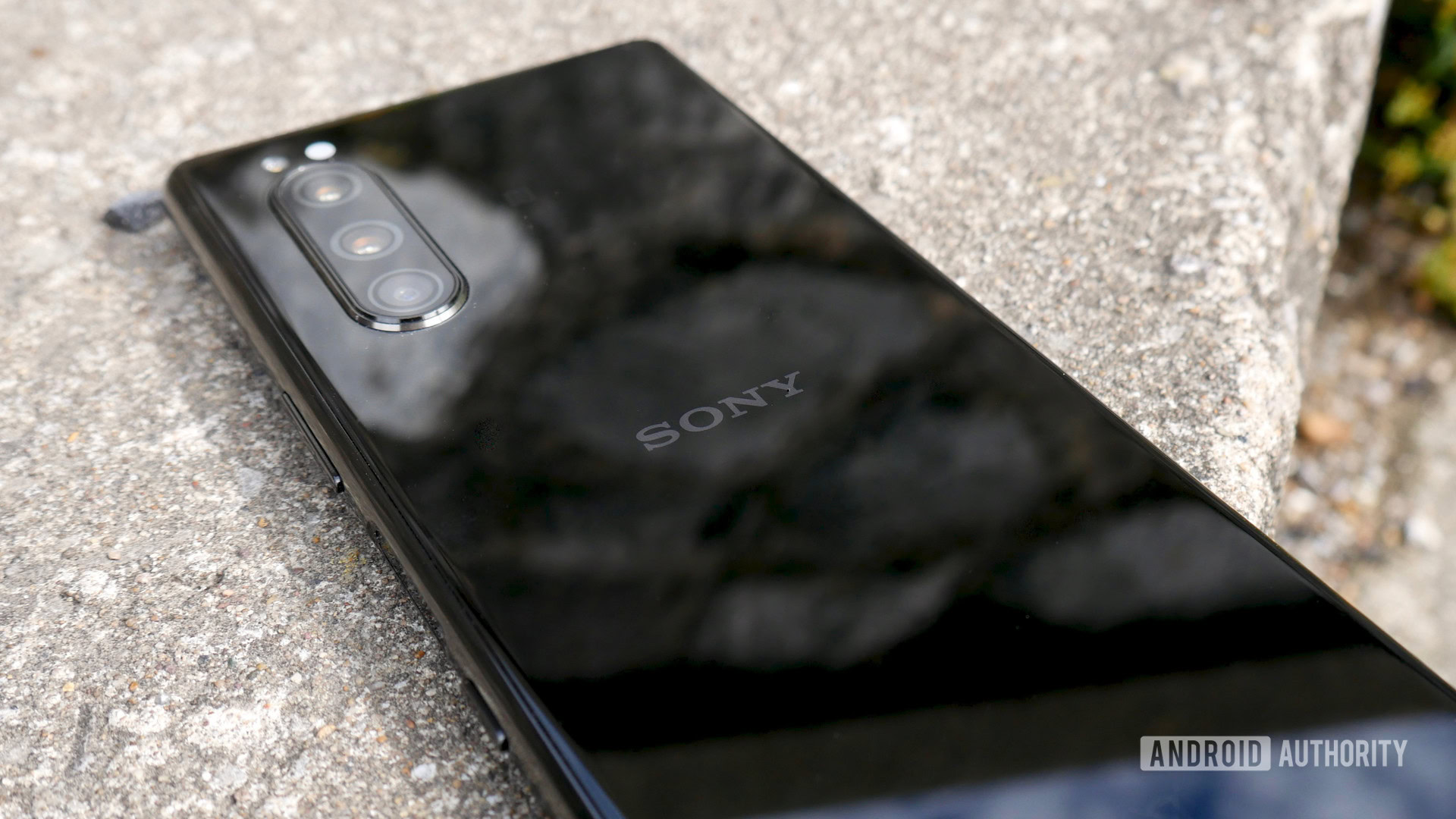
Every now and then I talk about smartphone stuff with my girlfriend. She is half-listening most of the time as the subject only marginally interests her, but she perked right up the other day when I mentioned the launch of the Sony Xperia 1 II. She sat up and said, “There are Sony smartphones?”
I told her yes, there are Sony smartphones available for people to buy. “Actually,” I said, “Sony’s smartphones are really nice.” She said that was interesting because she’s never seen anyone using one before.
While this is obviously just a brief exchange between me and my girlfriend, it’s a microcosm of Sony’s larger problem. Despite the fact that Sony smartphones have some great design and some interesting features, that’s not all it takes to make a successful smartphone brand. Consumers need to know about the phones, know about why they should buy one, and then be able to easily, you know, buy them.
As far as I can tell, Sony is doing a great job at making smartphones but isn’t doing too great of a job at those other three things.
A quick summary of the state of Sony smartphones

It’s no secret Sony’s smartphone division is bleeding cash. The division faces problems from every angle with waves of layoffs, plant shutdowns, and reduced operations throughout areas of the world.
To put things in perspective, Huawei sold as many smartphones on an average day of 2019 as Sony sold in an entire quarter. And HUAWEI is only the world’s second-largest smartphone company.
Luckily for Sony, not every division under the brand is doing so poorly. Sony smartphones can be kept afloat by these other divisions, most notably its gaming sector. However, there’s only so much movement of money the company can do before the division sinks.
HUAWEI sold as many smartphones on an average day of 2019 as Sony sold in an entire quarter.
Although this all makes things seem dire for the brand, it might not matter. According to Sony CEO Kenichiro Yoshida, the company’s smartphone business is indispensable.
“We see smartphones as hardware for entertainment and a component necessary to make our hardware brand sustainable,” Yoshida said. “Younger generations no longer watch TV. Their first touchpoint is a smartphone.”
With that in mind, Sony likely isn’t going to stop making smartphones any time soon. If it really wants to sell those phones, though, it needs to change up its tactics.
People need to know about the phones
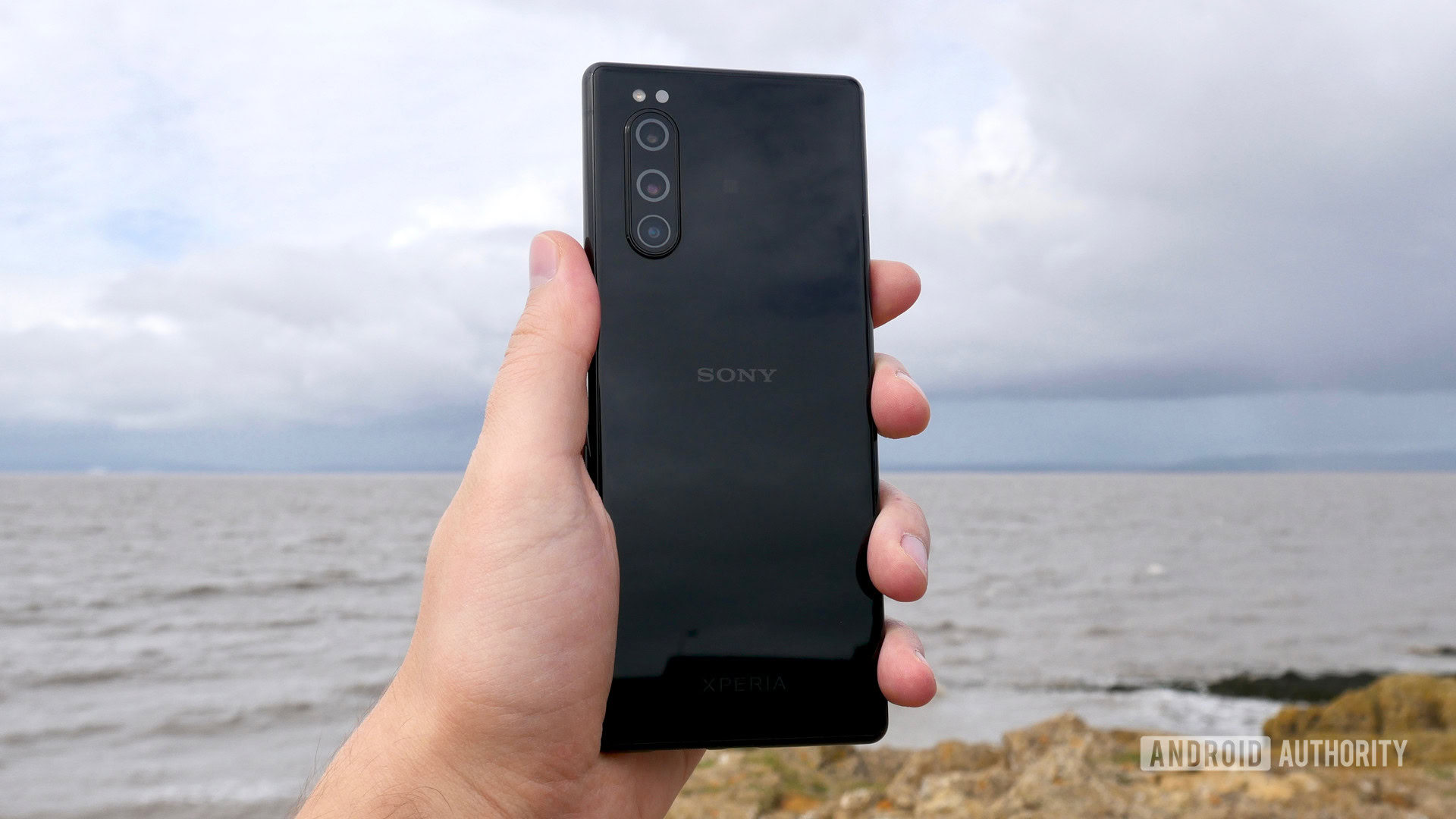
The fact that my girlfriend didn’t even know Sony smartphones exist is bad news. Sure, she likely couldn’t tell you the name of the latest Samsung Galaxy phone or when the next LG smartphone will come out. Likewise for Motorola, Google, or even Apple. However, she knows those companies make smartphones.
It’s one thing to be a marketing team for a company and try to figure out how to let consumers know about a particular product, but can you imagine trying to figure out how to let consumers know you even make a product? That’s the position Sony is in right now from my perspective.
While that seems daunting, it’s not an impossible task. Obviously, marketing campaigns cost a lot of money and Sony would need to figure out how to pay for it. But if it wants to keep its smartphone division afloat, that’s an investment it would need to make.
Related: Sony Xperia 1 II specs: 5G, super-smooth display, and a beefy camera
This, of course, brings us to the next thing Sony needs to do, which is figuring out what makes Sony smartphones different from other brands and then pushing those aspects in its marketing. There are actually quite a few things to choose from, such as the beautiful 4K displays on its flagships, the excellent audio capabilities, or even the unique minimalist design language of the phones. It could even be as simple as “This is the Sony Xperia 1 II. It’s beautiful, powerful, and has a headphone jack.” I mean, for many Android users, that’s a solid pitch.
The bottom line is that Sony smartphones aren’t going to sell themselves. Unfortunately, even if Sony does make a concerted effort to market its devices properly, there would still be another hurdle for it to get over, which is making the phones easy to buy.
Where are the carrier partnerships, Sony?
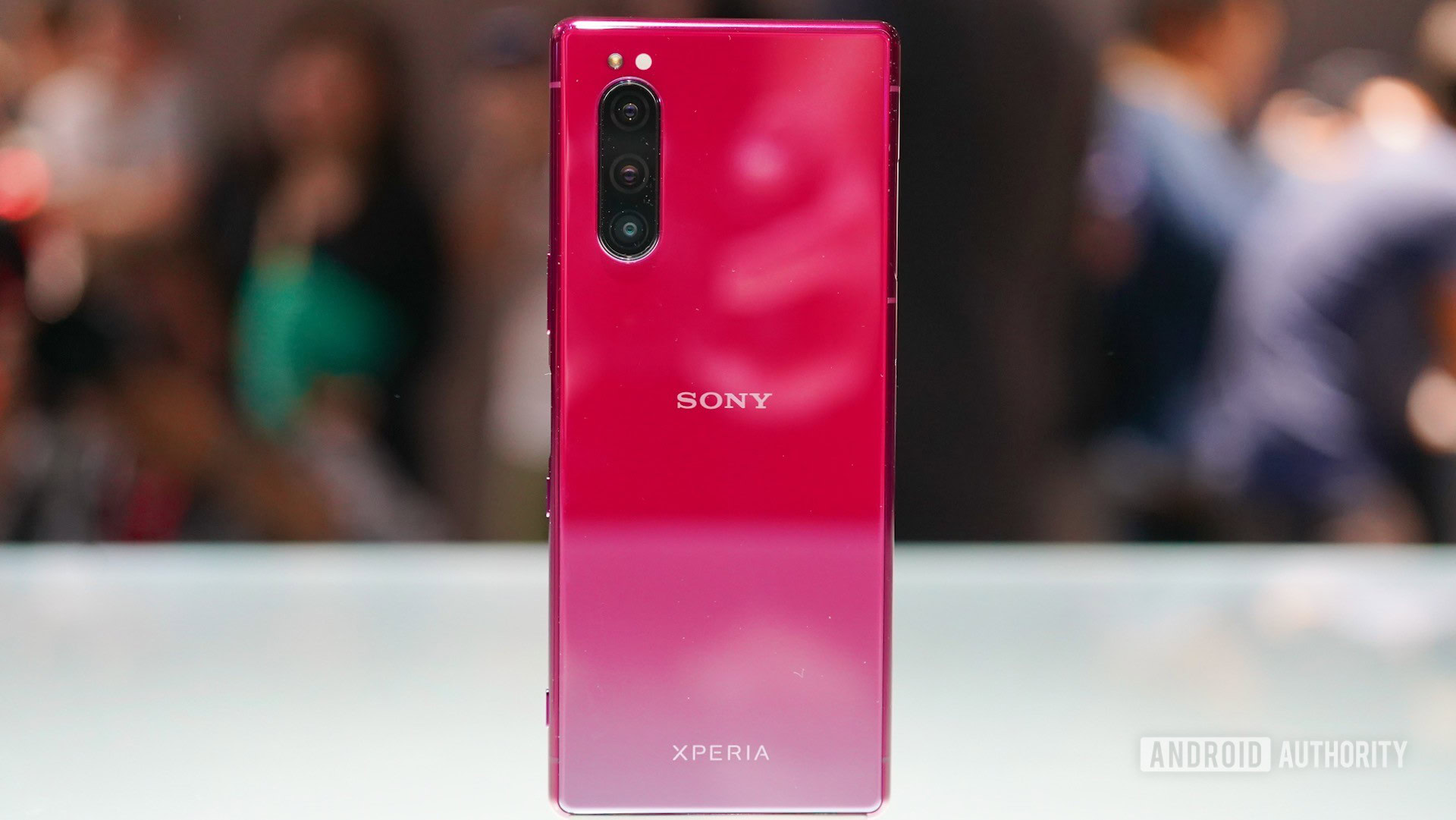
Here in the United States, the overwhelming majority of smartphone buyers follow two steps when buying a new phone. The first step is to walk into their local carrier shop, and the second step is to buy the phone the clerk tells them they should buy.
Without any hyperbole, that is how anywhere from 85-90% of US smartphone buyers get a new phone. Since Sony has no partnerships with any of the four major wireless carriers, there is a 0% chance those buyers are walking away with Sony smartphones in their hands.
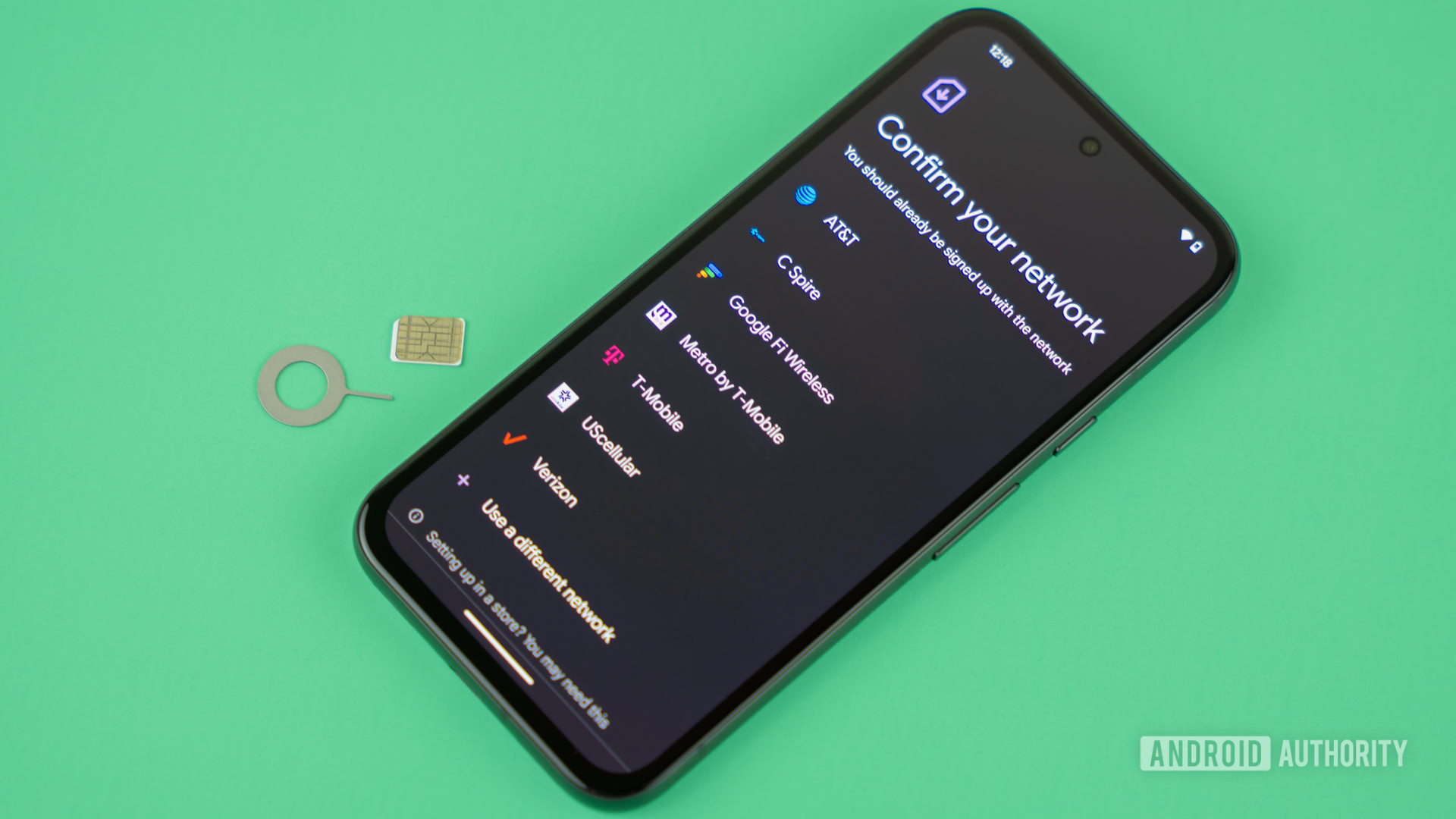
Other struggling smartphone brands such as LG and Motorola have carrier partnerships. Even OnePlus, a brand that’s just over six years old, has a few carrier partnerships. Those brands know that if you want to sell your phones in the US, you need to have a presence in carrier stores.
Granted, the United States isn’t the world. Sony smartphones still sell around the globe. But, once again, there are people here who don’t even know Sony smartphones exist, and what better way to start letting them know they do than a partnership with at least one major US carrier?
After all, even the best-designed phone ever combined with a great marketing campaign wouldn’t work if people can’t easily buy the phone.
It’s not too late for Sony smartphones
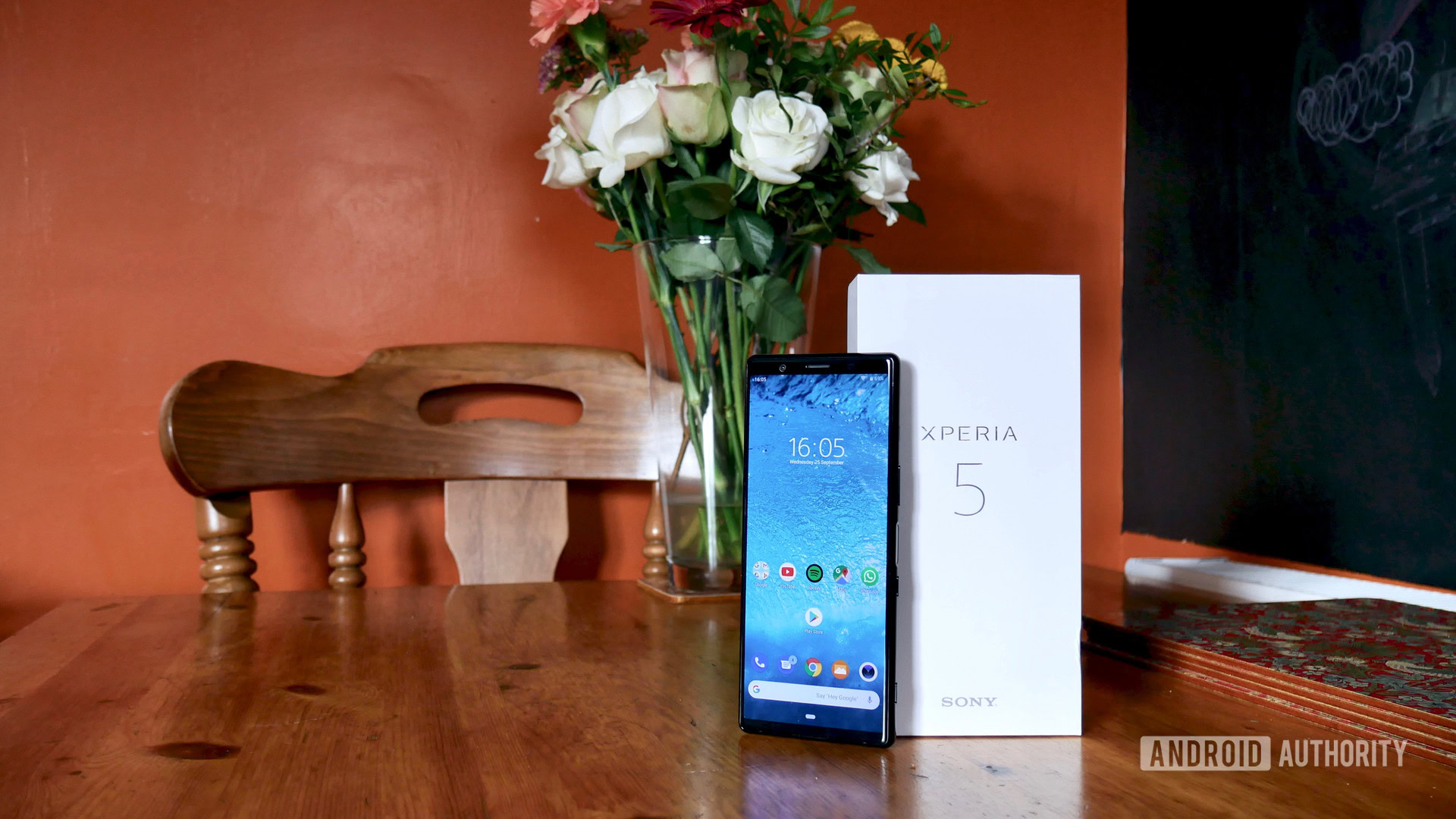
In a way, Sony is almost starting from scratch. Its smartphone division is in such a shambles that it would probably be best for it to think of Sony smartphones as a new brand just hitting the market but with the benefit of a huge corporation backing it financially. That’s what OnePlus, realme, and POCO did, and those companies are thriving.
Sony has everything it needs to be successful. Its phones look great and work well. Sure, they are priced too high and the company’s history of keeping up with Android updates is spotty at best, but that’s a whole other article. The point here is that it’s not too late for Sony smartphones — the company could turn the division around.
The question remains whether or not Sony has the wherewithal to actually do that. I hope it does, because the more competition the smartphone industry sees, the better.